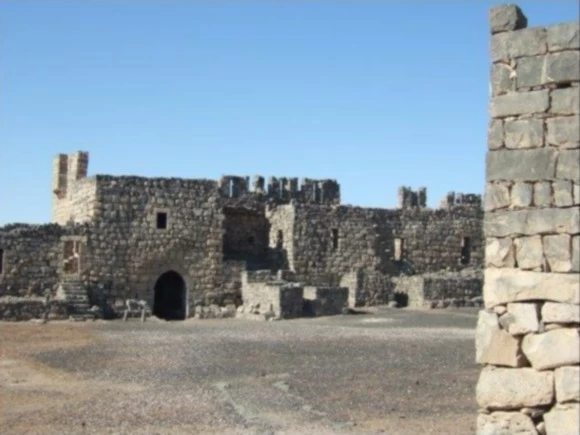Azraq
Azraq, whose name means ‘blue’, lies 80km east of Amman in a vast shallow basin surrounding an oasis. Here three deserts meet – black basalt in north and east Jordan, flint and limestone in the centre, and the sand of Wadi Sirhan, running into Saudi Arabia.
Many millions of years ago most of Jordan was under the sea; one million years ago the waters had receded, leaving a huge lake in the Azraq basin, which reduced further to create fertile plains and extensive marshes teeming with animals and birds. Today it is desert, with shrinking swamps and pools at its heart, and dying palm trees. This is a recent escalation, as water has been pumped in vast quantities to meet the ever increasing needs of a fast- growing population in a land with exiguous water resources.
Until recently Azraq was rich in migrating birds, en route between Europe and Africa -as the swamps diminished, so did the birds. However, Jordan’s Royal Society for the Conservation of Nature (RSCN) has created a wetlands reserve at Azraq Shishan (named after its 19th-century Chechen settlers), in a small area of the original marshes. A fraction of Azraq’s spring water is being diverted into pools beside a large Umayyad reservoir -and some birds are returning.






